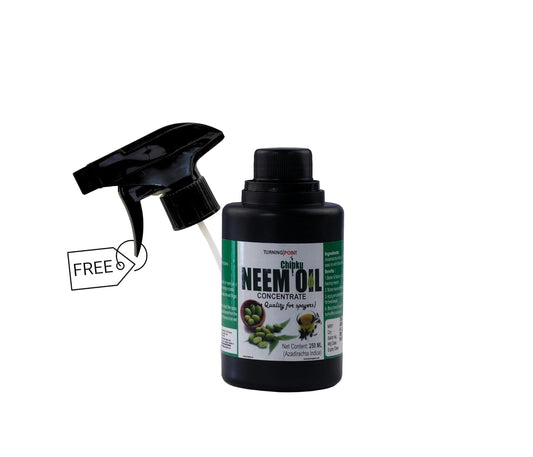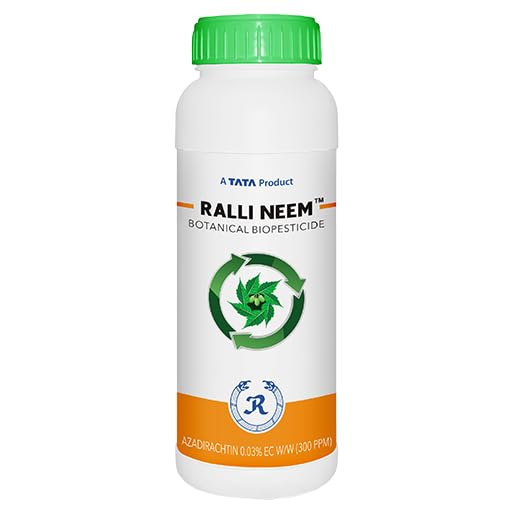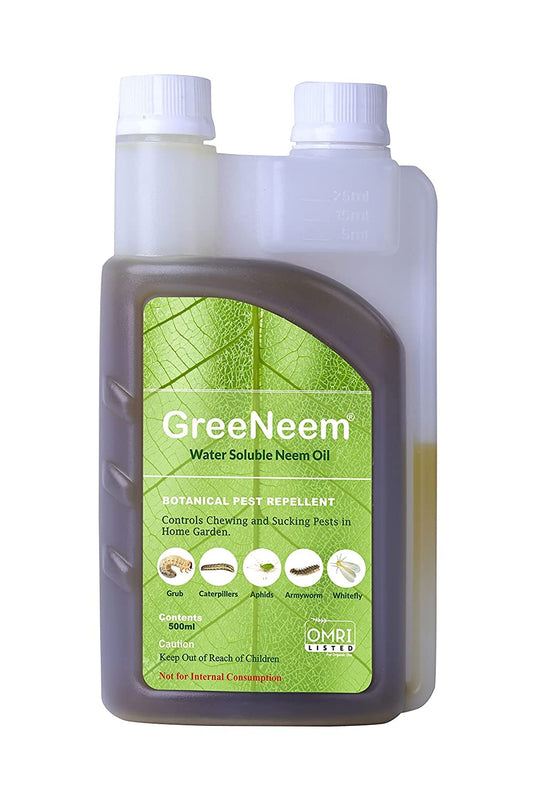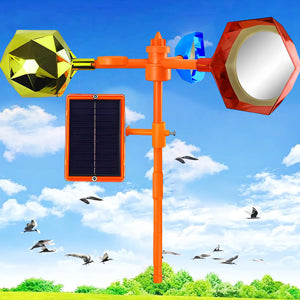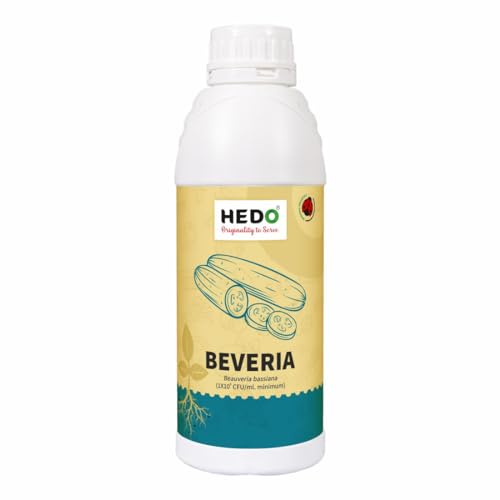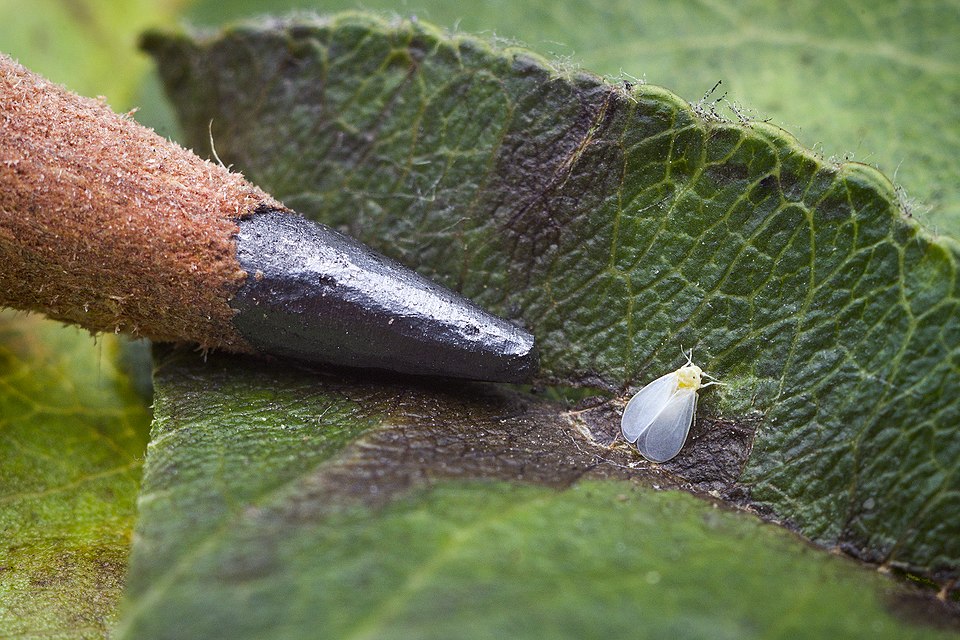
Answering Frequently Asked Questions on White fly for Farmer Community.
Share
Whiteflies (सफेद मक्खी / पांढरी माशी) are minute, sap-feeding (रस शोषक, चूसक किट) insects that have risen to prominence as significant agricultural pests across the globe. Their impact stems from their broad host range, rapid reproductive capabilities, and the alarming ability to transmit a multitude of plant viruses (विषाणु प्रसार). Over the past two decades, the global invasion and establishment of various whitefly species have intensified, posing substantial threats to both food security and the economic stability of agricultural sectors worldwide. Here we discuss Frequently Asked Questions on White Fly for farmer community.

These are tiny white flying bugs that look like dust. Whiteflies are small, sap-sucking insects that can cause significant damage to a wide variety of crops. They feed on the underside of leaves, weakening the plant, reducing yields, and can even transmit harmful plant viruses. They also excrete a sticky substance called honeydew, which can lead to the growth of black sooty mold, further harming the plant.
Whiteflies have a very broad host range, attacking many different crops. Some of the most commonly affected include cotton , tomatoes , peppers , beans , okra , cucurbits like squash and melons , sweet potatoes , and greenhouse crops like cucumbers and ornamentals. In Maharashtra, cotton and bananas are particularly vulnerable.
Look for small, white, moth-like insects, usually found on the undersides of leaves. When infested plants are disturbed, you might see a cloud of these tiny insects flying up. Other signs include yellowing or curling leaves , a sticky residue (honeydew) on the leaves , and the presence of black sooty mold. In some cases, you might also see discolored patches or silvering of the leaves.

Whiteflies have a short life cycle, especially in warm weather, allowing them to reproduce rapidly and build up large populations quickly. Adult females can lay a large number of eggs , and many whitefly species can feed on a wide variety of plants, including crops and weeds, allowing them to survive and spread easily. The movement of infested plant material is also a major way they spread to new areas.

Several non-chemical methods can help manage whiteflies. You can use yellow sticky traps to attract and capture adult whiteflies. Hosing down infested plants with a strong stream of water can dislodge them. Removing and destroying heavily infested leaves or even entire plants can also help. For small areas, vacuuming adult whiteflies in the early morning when they are less active can be effective. Reflective mulches, especially silver or aluminum-colored ones, can also repel whiteflies. In greenhouses, insect-proof screens can prevent them from entering.
Yes, there are many natural enemies of whiteflies that can be used for biological control. These include predators like ladybugs , lacewings , minute pirate bugs , and predatory mites. Parasitic wasps like Encarsia formosa and Eretmocerus eremicus lay their eggs inside whitefly nymphs, killing them. Certain entomopathogenic fungi, such as Beauveria bassiana and Isaria fumosoroseus, can also infect and kill whiteflies. Following image shows how Beauveria bassiana infected white fly under the leaf surface.

Insecticides can be an option, especially for heavy infestations, but it's important to use them judiciously due to the risk of resistance development. If you choose to use insecticides, rotate between products with different modes of action. Systemic insecticides can provide longer-lasting protection. Foliar applications can target both adults and nymphs, but thorough coverage, especially on the undersides of leaves, is crucial. Insecticidal soaps and horticultural oils can also be effective, especially against eggs and nymphs, but require direct contact. Always follow the recommended dosages and safety precautions on the product label.
Whiteflies thrive in warm temperatures, typically between 20 to 35°C (68 to 95°F). Hot and dry conditions are particularly favorable for them. Mild winters can also lead to increased survival and earlier infestations in the spring. Greenhouse environments often provide ideal warm and sheltered conditions for whitefly proliferation.
Freezing temperatures can kill whiteflies, limiting their survival in areas with cold winters. High humidity and frequent rainfall can also negatively impact their populations by dislodging them from plants and hindering their development.
Early detection and regular monitoring are key to managing whiteflies effectively. Inspect the undersides of leaves regularly for all life stages. Implement good sanitation practices by removing weeds and crop debris. Avoid late sowing of crops, as this can increase infestation risk. Practice crop rotation with non-susceptible crops. Avoid excessive use of nitrogen fertilizers, which can encourage whitefly populations. If using insecticides, rotate them to prevent resistance. Consider using integrated pest management (IPM) strategies that combine various control methods for sustainable management. Be aware of the whitefly species prevalent in your area, as different species may require different management approaches. Finally, be cautious when introducing new plants to your farm, as they can be a source of whitefly infestations.
The two most common whitefly species are the Greenhouse Whitefly and the Sweetpotato Whitefly (also known as Silverleaf Whitefly). Greenhouse Whiteflies tend to hold their wings flat against their bodies and often lay eggs at the top of the plant. Their young stages may have small hair-like filaments. Sweetpotato Whiteflies hold their wings more vertically, like a tent, over their bodies and their young typically don't have these long filaments; some may have a Y-shape on their backs. Correctly identifying the species can be important for choosing the most effective control methods.
Whiteflies are notorious for transmitting over 100 different plant viruses, which can cause severe diseases leading to significant yield losses or even complete crop failure. They can transmit viruses like Tomato Yellow Leaf Curl Virus and Bean Golden Mosaic Virus. Also, the sticky honeydew they excrete promotes the growth of black sooty mold, which reduces the plant's ability to photosynthesize and lowers the quality of fruits and vegetables. In cotton, honeydew can contaminate the fibers, affecting their processing and value.
Whiteflies cannot typically survive freezing temperatures outdoors. However, they can overwinter successfully on plants grown indoors, such as in greenhouses. They can also survive on weeds or other host plants in warmer microclimates or protected areas. Inspecting and managing potential overwintering sites is important to prevent infestations in the following season.
Whiteflies are known to develop resistance to many commonly used insecticides. This is why it's crucial to rotate insecticides with different modes of action. Repeated use of the same insecticide can lead to the survival and reproduction of resistant whiteflies, making the product less effective over time. Consult your local agricultural extension for recommendations on insecticide rotation strategies in your region. There is no single best insecticide for whiteflies.
Regularly inspect the undersides of leaves, especially young ones, for whitefly eggs, nymphs, and adults. Look for early signs of damage like yellowing or sticky honeydew. Yellow sticky traps are very effective for monitoring adult whitefly populations. Place them just above the crop canopy, about one trap per 1,000 sq. ft. in susceptible crops, and check them weekly to track population trends. Early detection allows for timely intervention before infestations become severe.
Yes, there are several organic options. You can use insecticidal soaps and horticultural oils, which work by direct contact to smother whiteflies, especially eggs and nymphs. Neem oil is another effective organic insecticide that disrupts the whitefly life cycle and acts as a repellent. Encouraging natural predators like ladybugs and lacewings can also help. Releasing parasitic wasps like Encarsia formosa and Eretmocerus eremicus is a common biological control method, particularly in greenhouses. Certain entomopathogenic fungi, such as Beauveria bassiana and Isaria fumosoroseus, can also be used to control whitefly populations. Reflective mulches can also help repel whiteflies organically.

Maharashtra is known for growing crops like cotton, banana, wheat, millet, lime, groundnut, and sugarcane. Cotton is particularly susceptible to whitefly infestations in many parts of India, including Maharashtra. For cotton, practices like avoiding late sowing, using whitefly-tolerant varieties, removing weed hosts, and maintaining healthy plant growth are important. Yellow sticky traps and the release of natural predators and parasitoids are also recommended. Chemical control options for whiteflies in cotton include insecticides like Imidacloprid, Acetamiprid, and Pyriproxyfen + Fenpropathrin. For other crops in the general IPM strategies discussed earlier would apply, with specific insecticide recommendations available from local agricultural extension services based on the specific crop and whitefly pressure.
Climate change, particularly the increase in global temperatures, is expected to exacerbate whitefly problems. Warmer temperatures can speed up their life cycle and increase their reproductive rates, leading to larger and more frequent outbreaks. Changes in rainfall patterns and the distribution of host plants could also influence whitefly populations and their impact on agriculture. Farmers should be prepared for potentially increased whitefly pressure in the coming years due to these factors.






